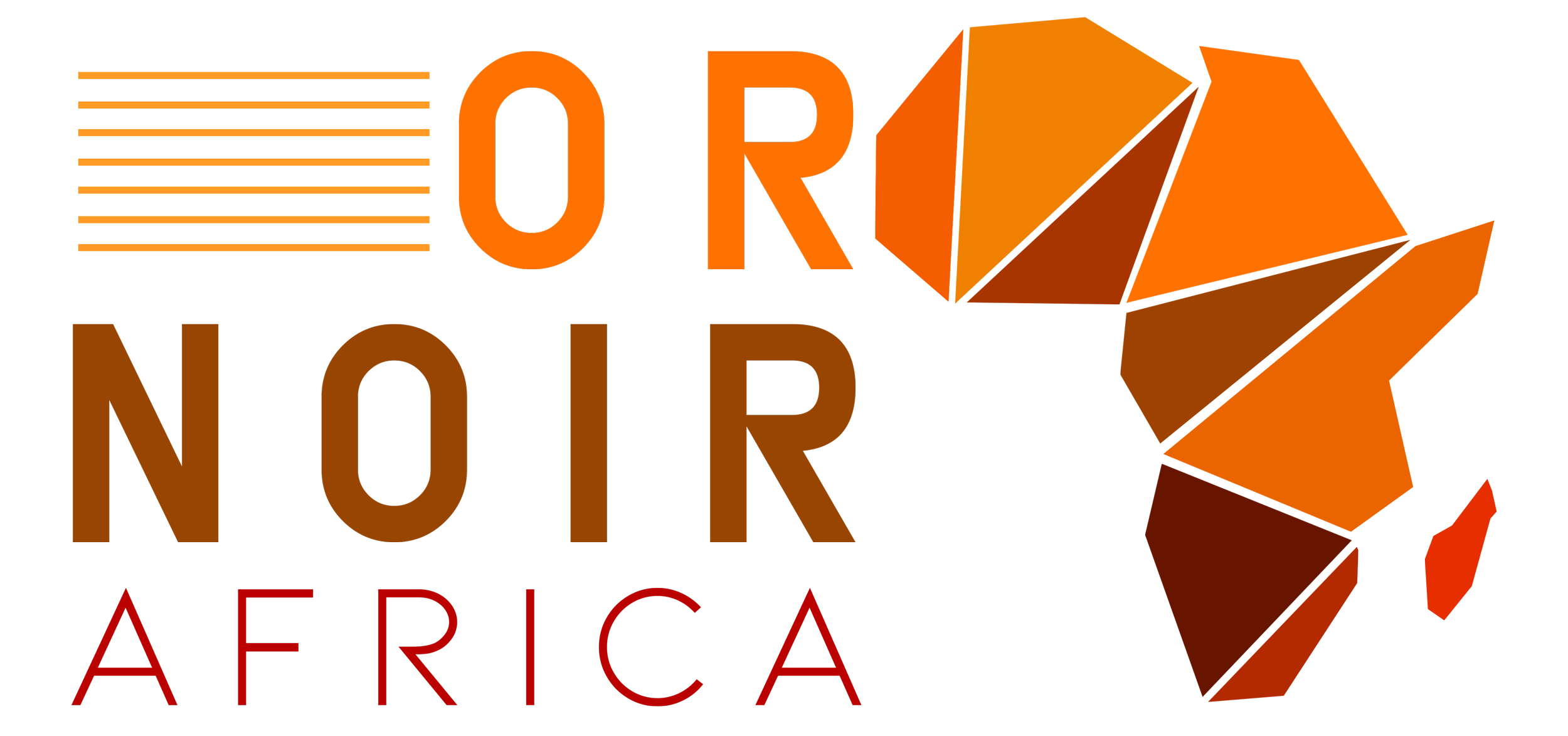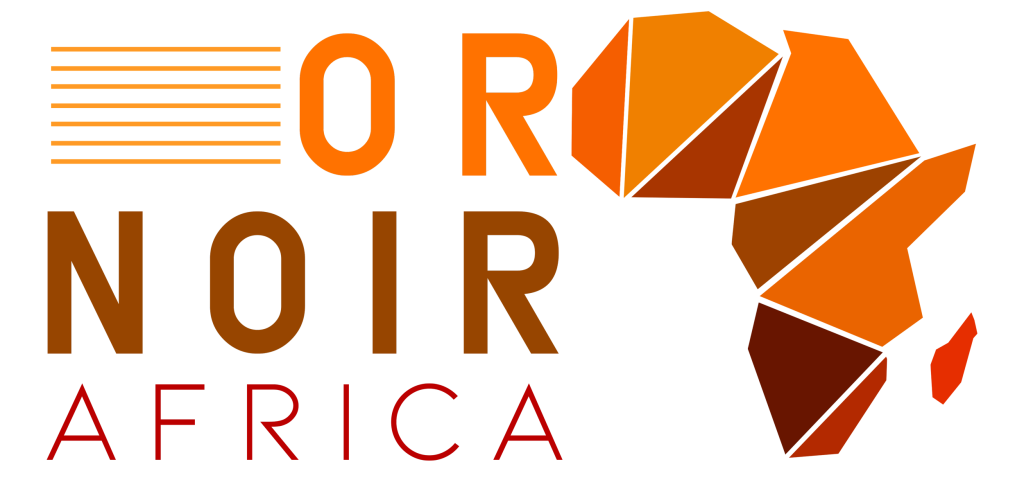La découverte de Mopane dans le bassin d’Orange, au large de la Namibie, suscite un vif intérêt parmi les plus grands acteurs mondiaux du secteur pétrogazier. Selon les estimations de la compagnie énergétique portugaise Galp, cette découverte pourrait contenir jusqu’à 10 milliards de barils d’équivalent pétrole, ce qui en fait la plus grande découverte dans cette région en pleine expansion. L’annonce de cette gigantesque réserve a déclenché une ruée des compagnies pétrolières internationales, prêtes à acquérir une part de ce gisement de classe mondiale.
Galp, qui détient 80 % des parts dans la licence PEL 83, partage ce projet avec Namcor, la société nationale namibienne, et Custos, une société locale, qui détiennent chacune 10 %. L’explorateur torontois Sintana Energy, avec une participation de 49 % dans Custos, bénéficie également d’une présence stratégique dans l’offshore namibien.
Filipe Silva, PDG de Galp, a déclaré que l’entreprise était prête à céder jusqu’à la moitié de sa participation dans Mopane, soit 40 %, mais pas avant d’avoir foré quatre autres puits d’ici la fin de 2024. Silva a précisé que Galp n’était pas pressé de réduire les risques liés à la découverte et privilégiait un partenaire capable de développer rapidement le champ et de contribuer aux dépenses d’investissement. Un partenaire devrait être trouvé « plus tard en 2025 », selon Silva.
Le processus d’appel d’offres a déjà commencé, et de nombreux grands acteurs de l’industrie pétrolière sont en lice pour obtenir une participation dans ce projet. Une source proche du dossier a confirmé à S&P Global Commodity Insights que « l’intérêt a été immense, y compris de la part des supermajors », sans toutefois citer les noms des compagnies impliquées.
Parmi les entreprises intéressées, la société publique brésilienne Petrobras a exprimé son désir d’acquérir une participation de 40 % dans Mopane. Sylvia dos Anjos, directrice de l’exploration et de la production chez Petrobras, a déclaré que l’entreprise souhaitait une participation significative dans ce projet, évoquant l’importance de détenir au moins 40 % pour pouvoir opérer efficacement.
Petrobras cherche à renforcer sa présence en Afrique, une région où elle voit un potentiel important, notamment dans le domaine des eaux profondes. L’entreprise a récemment acquis des participations dans des projets en Afrique du Sud et à Sao Tomé-et-Principe, et voit dans Mopane une opportunité de capitaliser sur son expertise.
Mopane, situé dans les blocs 2813A et 2814B du permis d’exploration pétrolière 83, est désormais au centre de l’attention des plus grands noms du secteur pétrolier. Chevron, TotalEnergies, Shell et l’australien Woodside ont tous manifesté un intérêt potentiel pour le projet, bien que ces entreprises n’aient pas officiellement confirmé leur participation à l’appel d’offres.
Cette découverte s’ajoute aux importantes découvertes de Venus et de Graff réalisées en 2022 par TotalEnergies et Shell, qui ont marqué un tournant dans l’exploration pétrolière en Namibie. Venus, avec des réserves estimées à 5 milliards de barils, et Graff ont déclenché une ruée vers le bassin d’Orange, une région désormais considérée comme l’une des plus prometteuses pour l’industrie pétrolière mondiale.
Galp a déjà foré deux puits dans la région, Mopane-1X et Mopane-2X, tous deux ayant révélé d’importantes colonnes de pétrole léger dans des réservoirs de haute qualité. Ces résultats confirment le potentiel commercial de la découverte. Selon les estimations de *Commodity Insights*, la production de Mopane pourrait débuter en 2030, atteignant un plateau de 211 000 barils d’équivalent pétrole par jour en 2037.
Les perspectives de production en Namibie sont très prometteuses. D’ici 2035, la production combinée de pétrole des champs Venus, Graff et Jonker pourrait atteindre 380 000 barils par jour. Si ces prévisions se concrétisent, la Namibie – qui ne produit actuellement aucun hydrocarbure – pourrait devenir un acteur majeur de l’industrie pétrolière africaine, avec un impact économique significatif.
La découverte de Mopane représente une opportunité historique pour la Namibie. Alors que le pays cherche à diversifier son économie et à attirer des investissements étrangers, cette nouvelle frontière d’exploration pourrait transformer son paysage économique. En exploitant ses vastes réserves pétrolières, la Namibie pourrait devenir un producteur majeur de pétrole en Afrique et bénéficier d’une source de revenus stable pour financer son développement.
Toutefois, pour réaliser ce potentiel, la Namibie devra attirer des partenaires solides capables de mener à bien les investissements nécessaires à l’exploitation de ces gisements. Avec la compétition croissante parmi les plus grands acteurs de l’industrie, le pays pourrait se retrouver en position de force pour négocier des accords avantageux, tout en s’assurant que ces ressources profitent à l’ensemble de la population.


